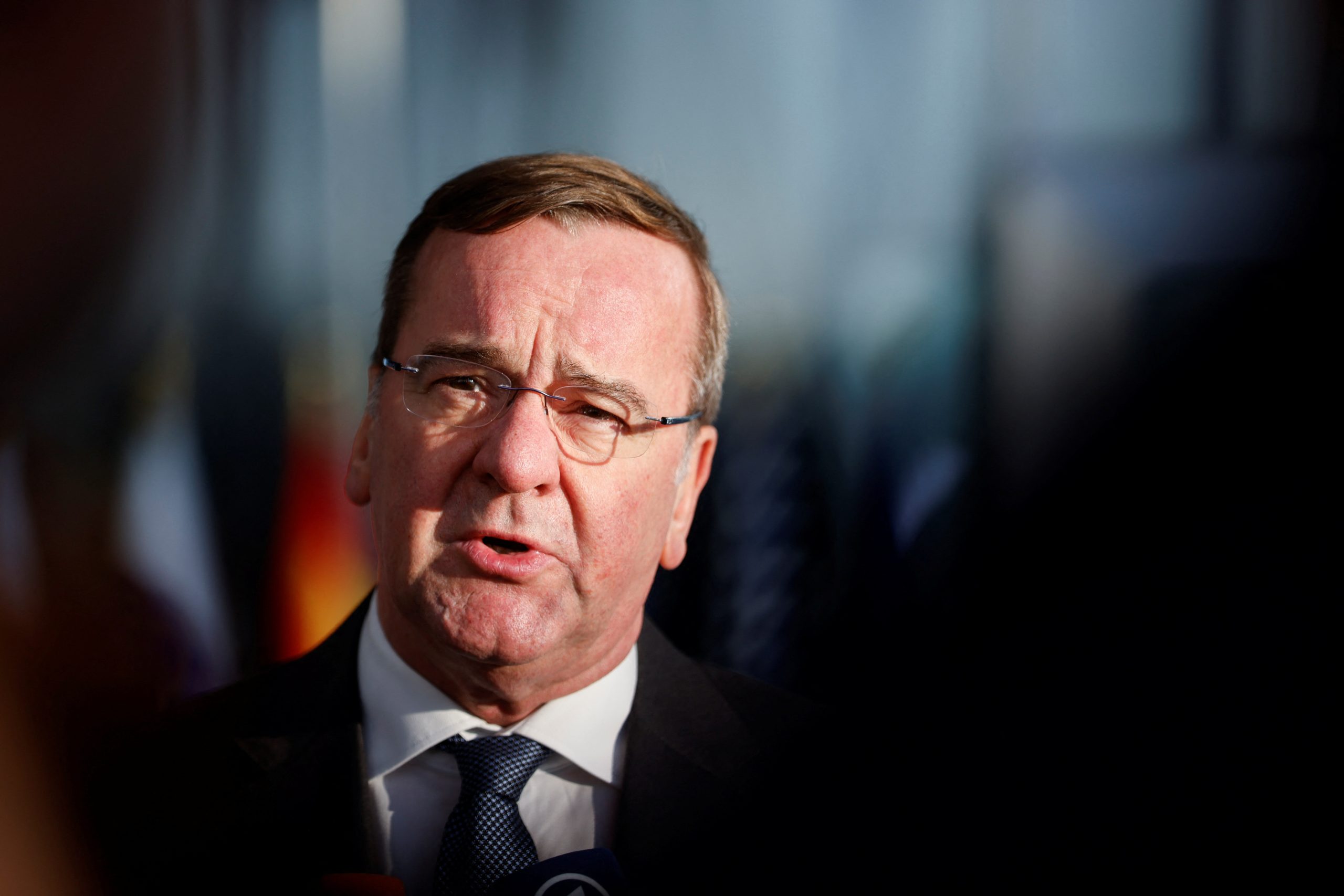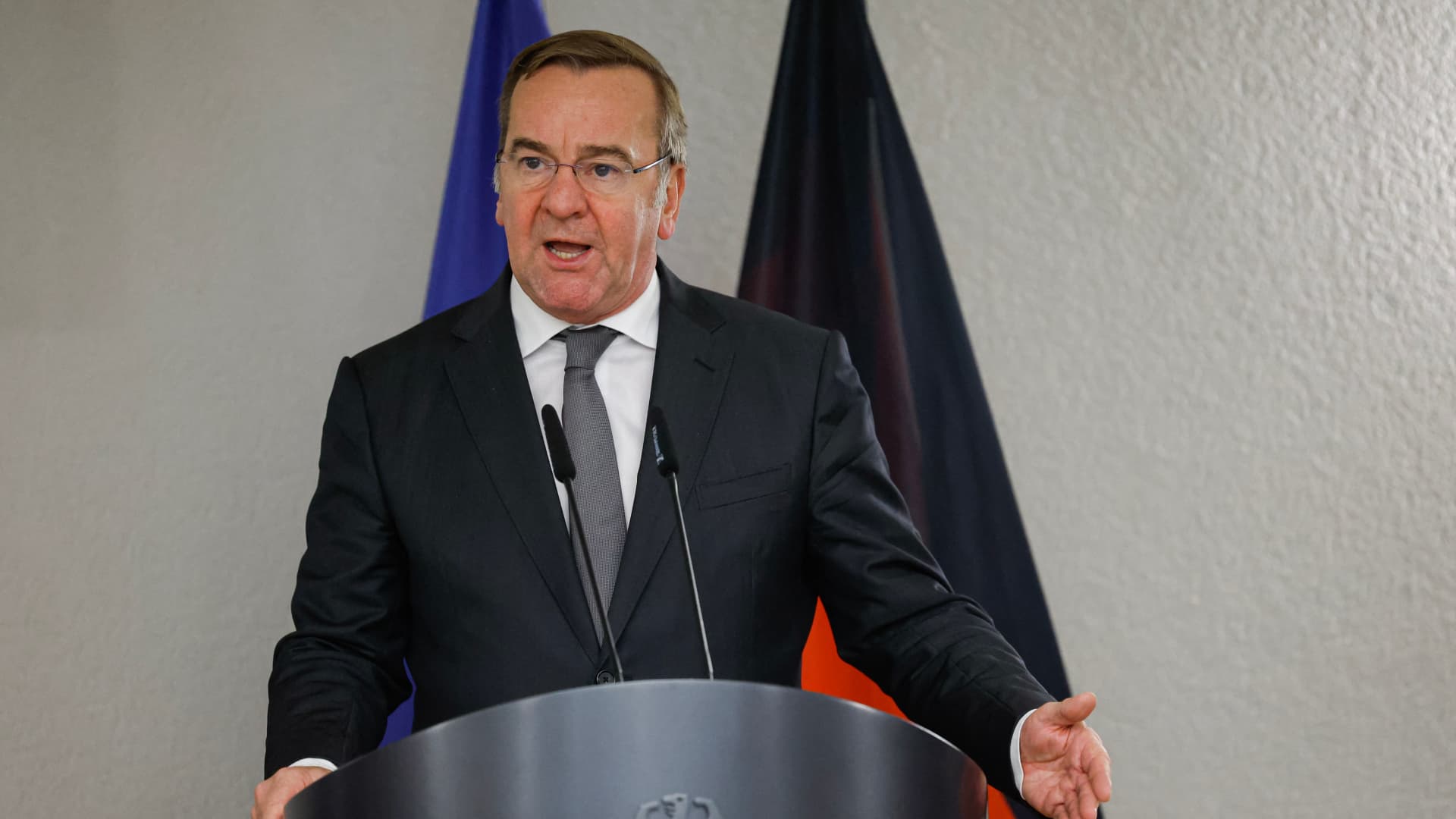Germany’s defense minister emphasized on Saturday that the nation’s commitment to allocate 2% of its GDP to defense expenditure should be viewed merely as a baseline, hinting that additional investment might be imperative in the foreseeable future.
Chancellor Olaf Scholz reiterated earlier in the day that meeting the 2% spending objective would be a sustained endeavor, spanning across the 2020s and beyond.
However, Boris Pistorius, Germany’s federal defense minister, underscored that the 2% benchmark was always intended as a minimum threshold.

Germany’s Defense Minister: NATO’s 2% Goal is Just the Beginning, More Might Be Needed (Credits: Reuters)
“Allocating 2% can only mark the outset. It is highly likely that we will require more resources in the coming years,” Pistorius remarked during a panel discussion moderated by CNBC at the Munich Security Conference.
These statements follow former U.S. President Donald Trump’s recent remarks, where he expressed encouragement for Russia to act freely towards NATO members failing to meet the alliance’s defense spending targets.
In 2006, NATO members pledged to allocate a minimum of 2% of their GDP towards defense spending, aiming to sustain the alliance’s military preparedness. This year, 18 out of 31 NATO members are anticipated to fulfill this target, a significant increase from just three in 2014.
Pistorius pointed to escalating geopolitical tensions globally, particularly in Europe, the Indo-Pacific, and Africa, as a rationale for expecting a surge in defense expenditures.
“We must pay closer attention to global events because everyone must be actively engaged. This includes the U.S., NATO, the European Union, and other stakeholders,” he remarked.
“Simultaneously, we must strive for greater contributions from Europe, as other powers like the U.S. may redirect their focus towards the Indo-Pacific, potentially reducing their involvement in Europe. We must acknowledge these challenges and adapt accordingly,” he added.
When pressed by CNBC’s Silvia Amaro about the feasibility of a 4% spending target, Pistorius declined to endorse a specific figure. Instead, he emphasized the importance of investing as needed and supporting the development of the defense industry.
“We may reach 3% or even 3.5%, contingent upon global developments,” he concluded.























